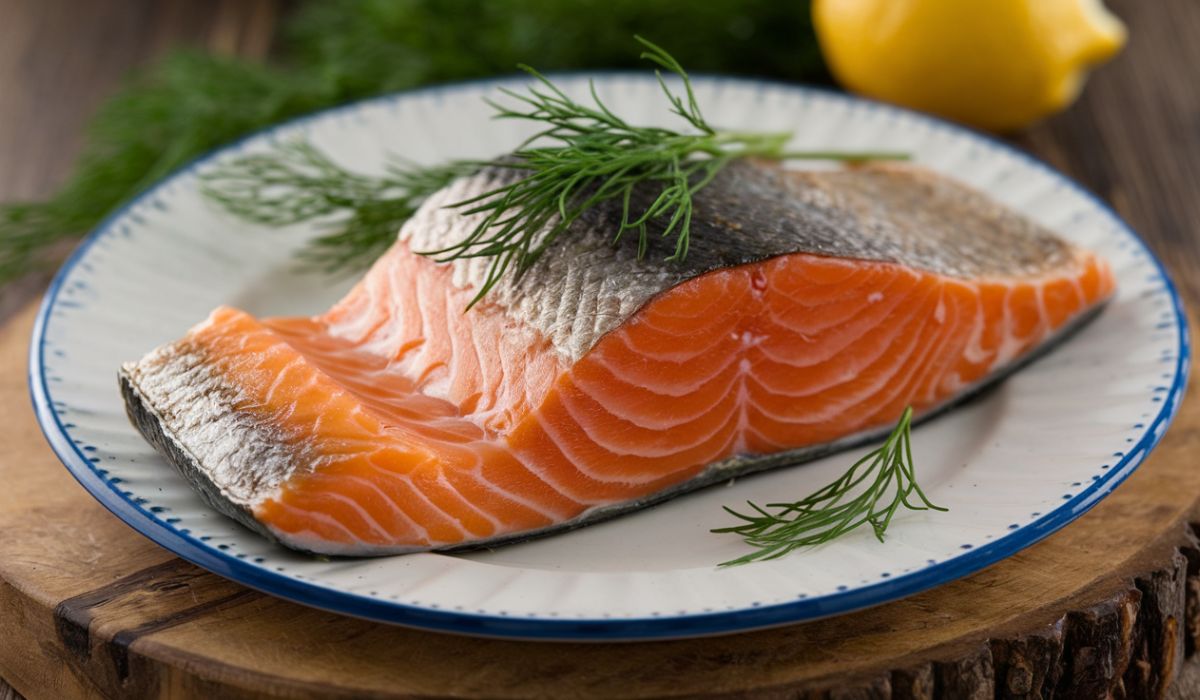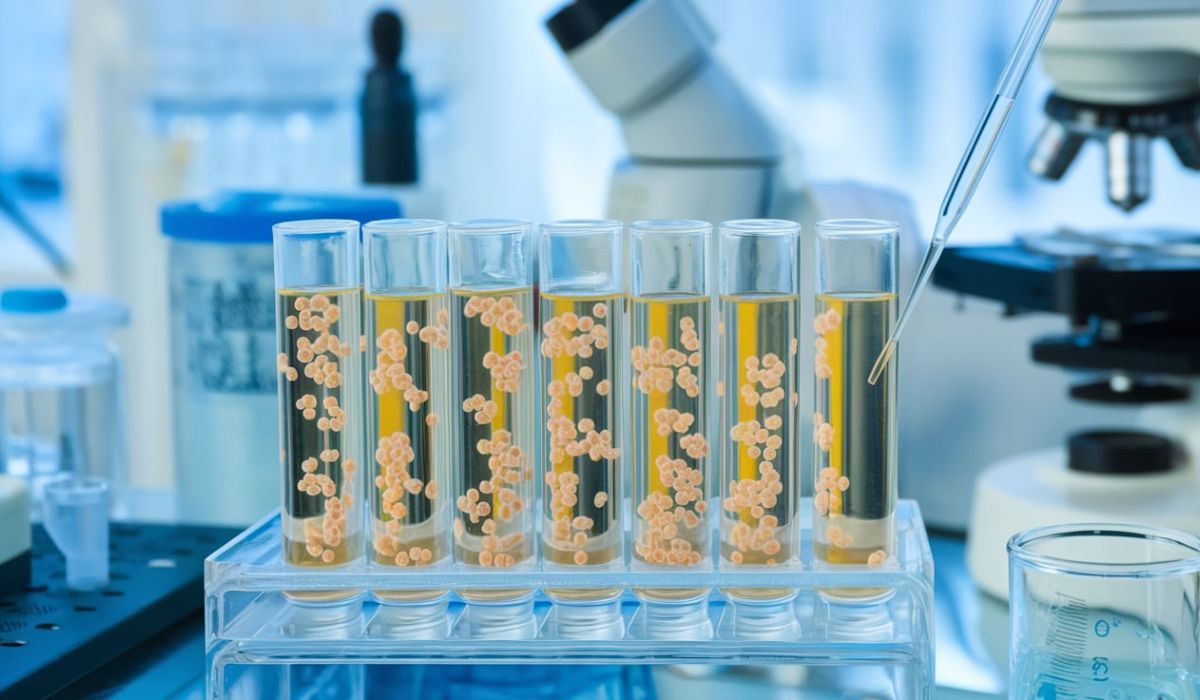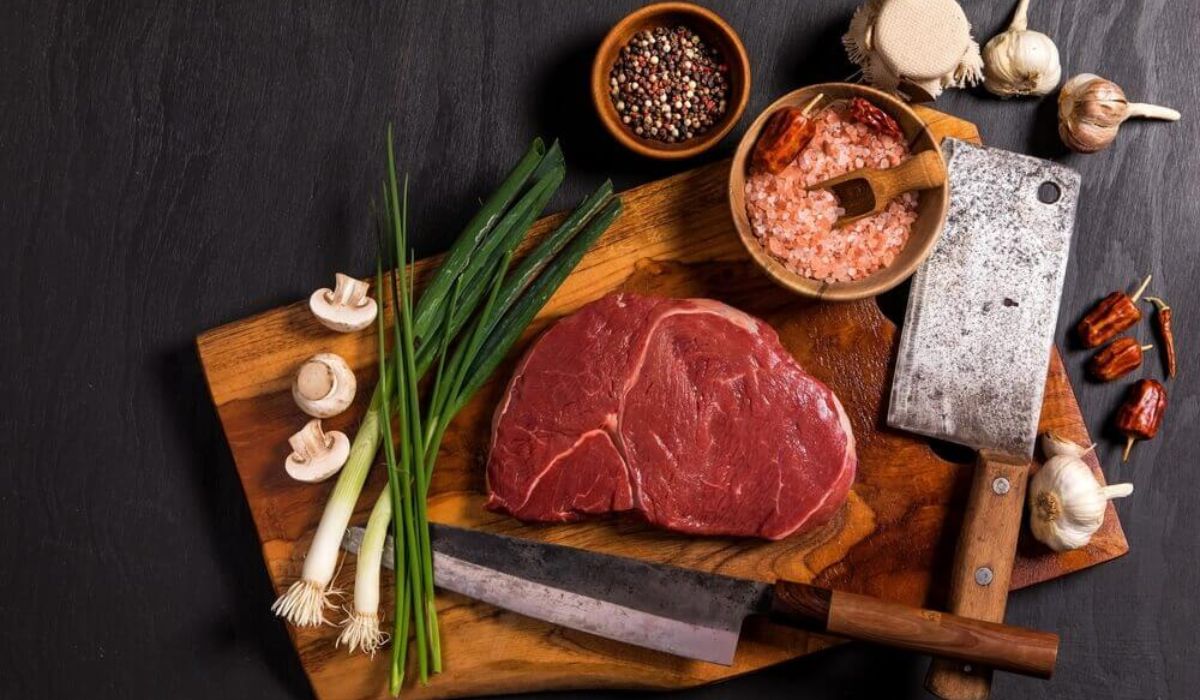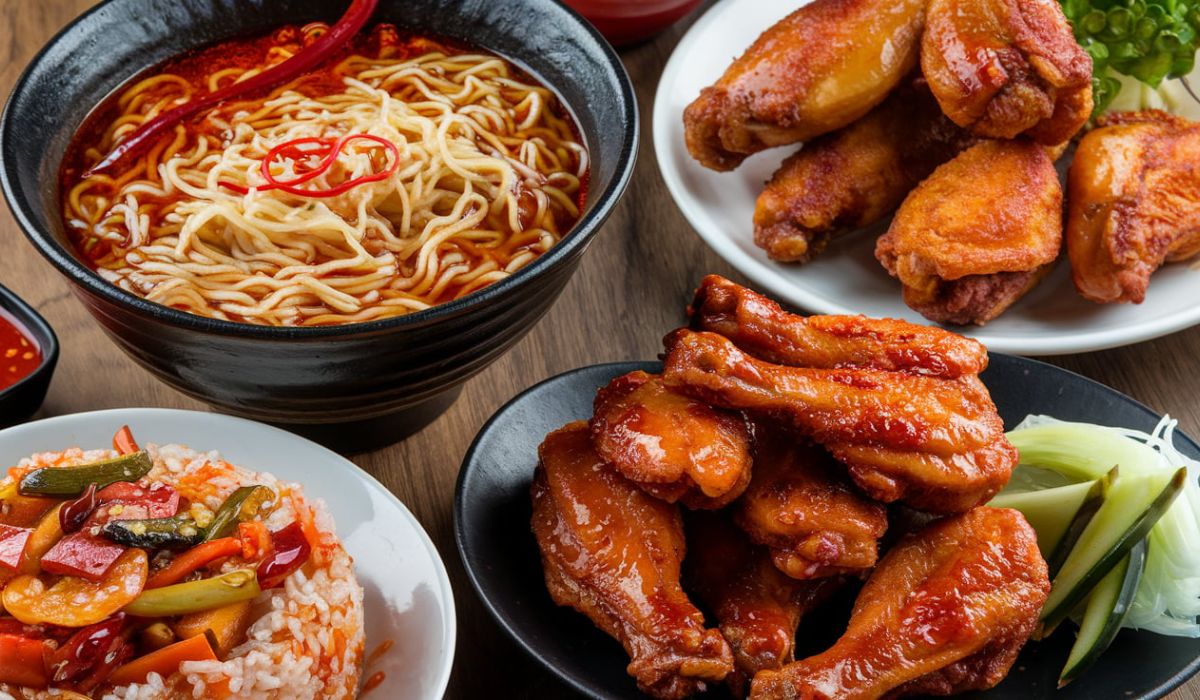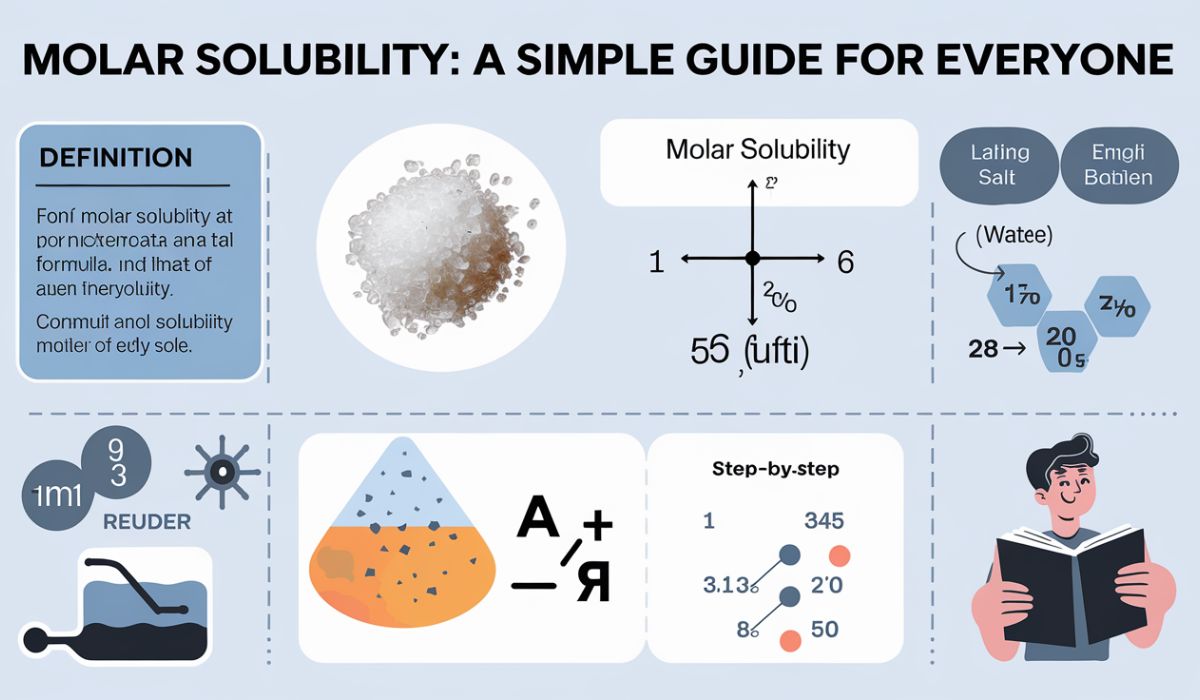Buying salmon might seem like a simple task, but with so many options available, it can get overwhelming. Whether you are a fish enthusiast or a first-time buyer, knowing how to pick the best salmon can elevate your meals. So, when you want to buy salmon, it’s essential to know what to look for to ensure you’re getting a fresh, healthy, and delicious fish.
In this guide, we’ll take you through everything you need to know about buying salmon. From understanding the different types of salmon to tips for choosing the freshest fillets, you’ll be prepared for your next shopping trip. Let’s dive in!
What Type of Salmon Should You Choose?
When it comes to buying salmon, one of the first decisions you’ll face is which type to buy. There are several varieties available, but the most common ones are Atlantic Salmon and Pacific Salmon.
- Atlantic Salmon: Often farmed, it has a milder flavor and fattier texture, making it perfect for grilling or baking.
- Pacific Salmon: Includes varieties like Chinook (King), Sockeye (Red), Coho (Silver), and Pink Salmon. These types of salmon vary in flavor and texture, with Sockeye offering a bold taste and rich color, while Coho is milder and leaner.
Each type of salmon has unique characteristics, so think about your cooking methods and flavor preferences when making your choice.
Fresh vs. Frozen: What’s the Difference?
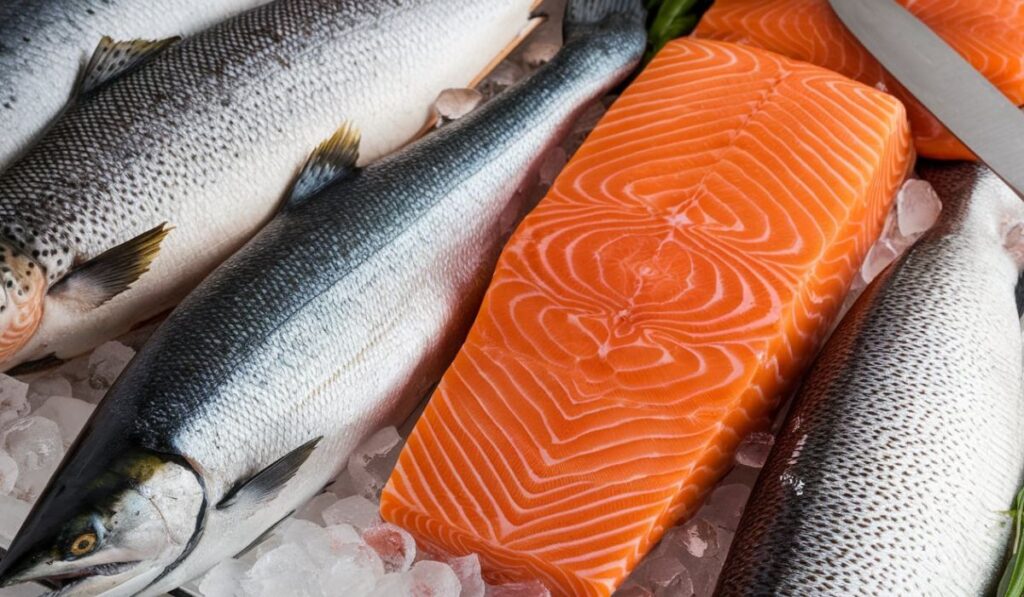
When you want to buy salmon, the decision between fresh and frozen can be a tricky one. Both options can be excellent, but it depends on how soon you plan to cook it and your preferences.
- Fresh Salmon: If you plan to eat the salmon within a day or two, fresh salmon is your best bet. It has a delicate texture and richer flavor.
- Frozen Salmon: Freezing preserves the fish for longer periods, and it’s often flash-frozen at sea, meaning it can be just as fresh as fresh salmon. Plus, frozen salmon is usually cheaper and more convenient.
If you’re buying fresh salmon, make sure it’s been stored properly with plenty of ice and kept at the correct temperature.
How to Check for Freshness When You Buy Salmon
When you’re at the market, there are a few simple tricks you can use to check the freshness of salmon. Here’s what to look out for:
- Smell: Fresh salmon should have a clean, ocean-like scent. If it smells overly fishy or sour, it’s likely not fresh.
- Appearance: The flesh should be moist and vibrant in color. Avoid salmon with dull or discolored spots.
- Texture: The fillet should be firm to the touch and should bounce back when pressed. If the flesh is mushy or falls apart easily, it may not be fresh.
Pro Tip: Don’t be afraid to ask your fishmonger questions! They can often tell you when the fish arrived and how it’s been stored.
Wild-Caught vs. Farm-Raised Salmon
One of the most debated topics in the world of salmon is whether to buy wild-caught or farm-raised. Let’s break it down:
- Wild-Caught Salmon: This type is caught in the wild, typically in rivers or oceans. It has a leaner, firmer texture and a bolder flavor. However, wild-caught salmon tends to be more expensive.
- Farm-Raised Salmon: Raised in controlled environments, farm-raised salmon is generally more affordable and widely available. It has a milder flavor and softer texture but can sometimes contain more fat.
When deciding, think about your budget and taste preferences. If sustainability is important to you, check for certifications like the Marine Stewardship Council (MSC) for wild-caught salmon.
Sustainability Considerations
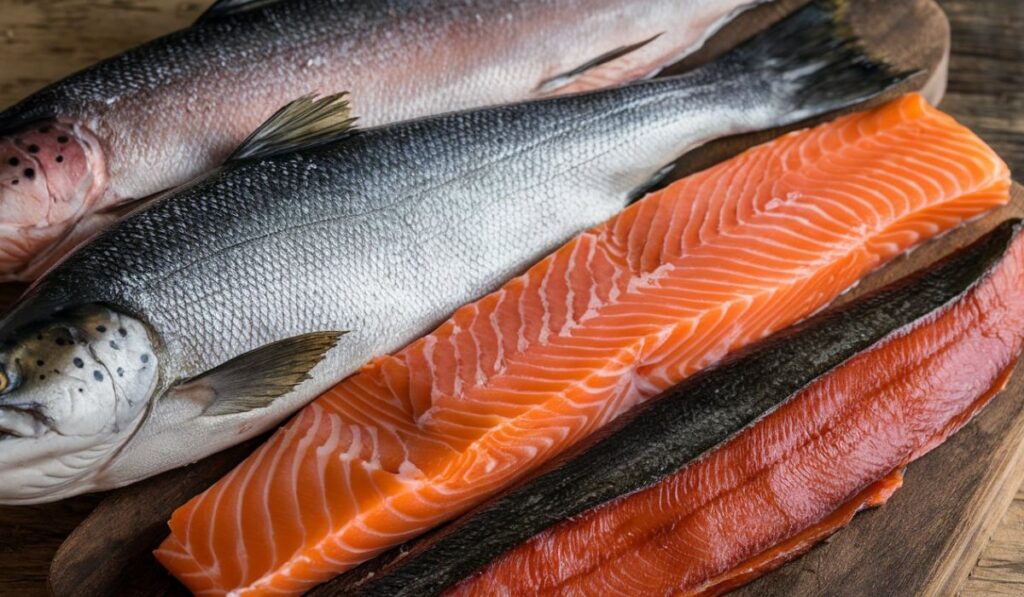
Speaking of sustainability, when you want to buy salmon, it’s essential to consider the environmental impact. Overfishing is a concern, so look for certifications that ensure the fish is responsibly sourced.
Some key labels to look out for:
- MSC Certified (for wild-caught)
- Aquaculture Stewardship Council (ASC) (for farm-raised)
These labels ensure that the salmon was caught or farmed using sustainable methods.
How to Store Salmon After Buying It
Proper storage is key to maintaining the freshness of salmon. Here’s how to store it:
- Fresh Salmon: If you plan to cook it within 1-2 days, store it in the fridge on a plate, covered with plastic wrap or wax paper. If you need to store it for longer, freezing it is a good option.
- Frozen Salmon: Once frozen, keep it in its original packaging or wrap it tightly in plastic wrap and foil to avoid freezer burn.
Pro Tip: If you freeze salmon, it can be kept for up to 3 months. Just make sure to thaw it in the fridge for the best texture.
How to Cook Salmon Like a Pro
Cooking salmon might sound easy, but the key to perfect salmon lies in knowing how to cook it. Here are some popular cooking methods:
- Grilling: A popular choice for its smoky flavor. Preheat the grill and cook salmon skin-side down for about 6-8 minutes per side.
- Baking: For a simple method, bake salmon at 375°F (190°C) for 12-15 minutes, depending on thickness.
- Pan-Seared: Heat a pan with oil and sear the salmon for about 3-4 minutes per side until crispy.
How to Buy Salmon on a Budget
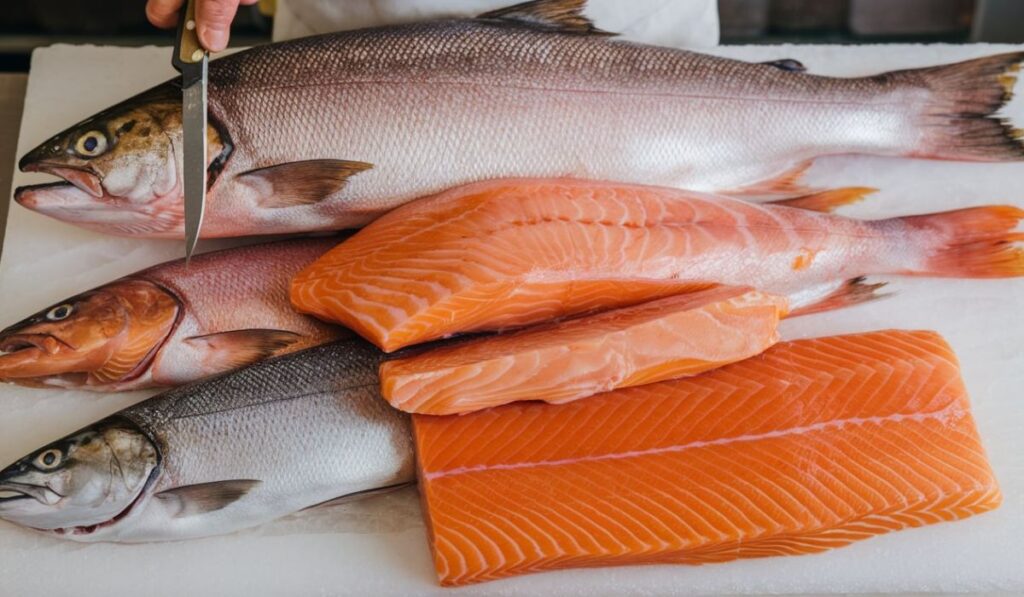
You don’t have to break the bank to enjoy great salmon. Here are a few tips to save money:
- Buy Frozen: As mentioned earlier, frozen salmon is often less expensive than fresh.
- Look for Sales: Check for discounts or promotions at your local grocery store.
- Buy in Bulk: Some fishmongers offer discounts if you buy in larger quantities.
Common Mistakes to Avoid When Buying Salmon
When shopping for salmon, be mindful of these common mistakes:
- Overlooking Quality: Don’t be swayed by price alone. Freshness is key, and sometimes spending a little more ensures better quality.
- Ignoring the Skin: Salmon skin is delicious when cooked properly. Don’t automatically remove it unless it’s necessary.
How to Prepare Salmon for the Best Taste
Preparing salmon correctly enhances its natural flavors. Here are some tips:
- Marinate: A simple marinade can work wonders to bring out the fish’s flavors.
- Don’t Overcook: Salmon should be slightly pink in the center. Overcooking can make it dry.
Is Salmon Healthy for You?
Yes! Salmon is packed with omega-3 fatty acids, which are great for heart health, as well as high-quality protein and essential vitamins. It’s also low in saturated fat, making it a healthy option for a balanced diet.
What About Salmon Skin? Should You Keep It?
Salmon skin is not only edible, but it also contains nutrients like omega-3s. If you like crispy skin, grilling or pan-searing is the way to go. Otherwise, you can remove it after cooking.
What are the Best Accompaniments to Serve with Salmon?
Salmon pairs well with a variety of sides, such as roasted vegetables, quinoa, or a fresh salad. If you’re in the mood for something simple, mashed potatoes or rice can complement salmon beautifully.
Can You Freeze Salmon?
Yes, you can freeze salmon. Just make sure to store it in an airtight container or wrap it tightly to prevent freezer burn. Thaw it in the fridge for the best results.
How to Tell If Salmon is Overcooked
Overcooked salmon becomes dry and tough. The key is to remove it from the heat when it’s slightly pink in the center. The flesh should flake easily with a fork.
Conclusion
When you want to buy salmon, it’s essential to consider factors like type, freshness, and sustainability. By following the tips in this guide, you’ll be able to choose the best salmon for your needs and enjoy a delicious, healthy meal. Whether you opt for wild-caught or farm-raised, fresh or frozen, salmon is a versatile and nutritious option that can elevate any dish.
Frequently Asked Questions (FAQs)
1. How can I tell if my salmon is fresh?
Fresh salmon should have a clean smell, vibrant color, and firm texture. Avoid fish with a sour smell or mushy flesh.
2. What’s the best way to cook salmon?
Grilling, baking, or pan-searing are all excellent methods. Ensure you don’t overcook the salmon to maintain its moisture.
3. Is wild-caught salmon better than farm-raised?
Wild-caught salmon tends to have a stronger flavor and firmer texture, while farm-raised is milder and more affordable. Both can be good options depending on your needs.
4. How do I store leftover salmon?
Store cooked salmon in an airtight container in the fridge for up to 2-3 days. It can also be frozen for longer storage.
5. Can I eat salmon skin?
Yes, salmon skin is edible and contains valuable nutrients like omega-3 fatty acids.
For more visit: realmeet

